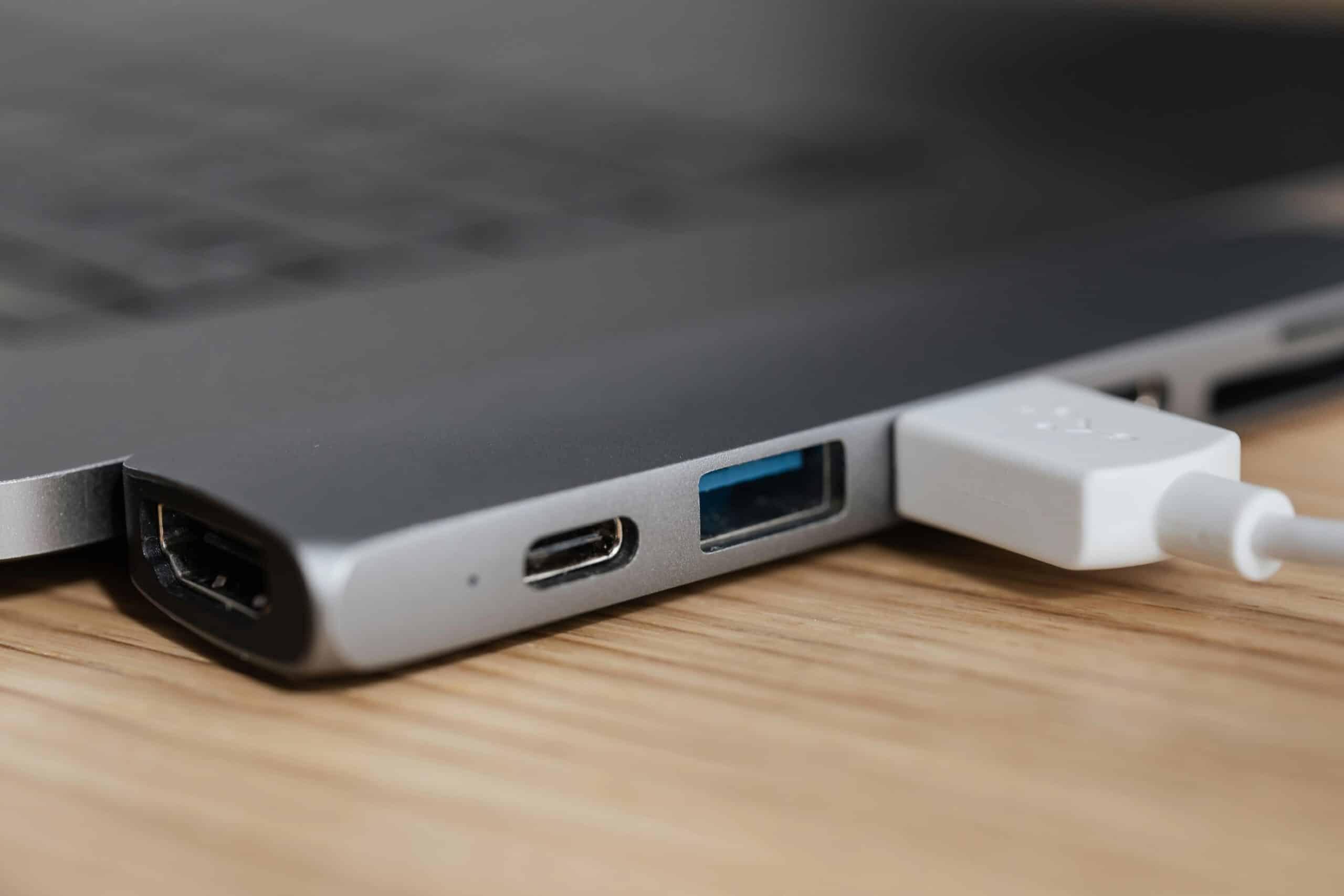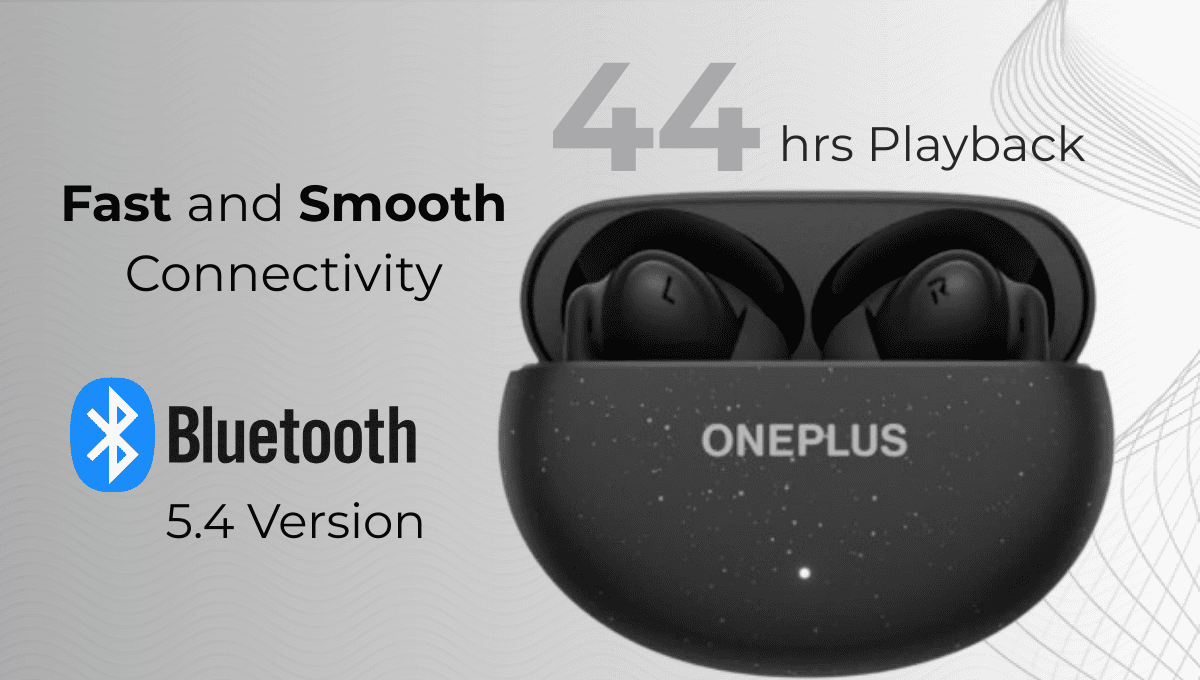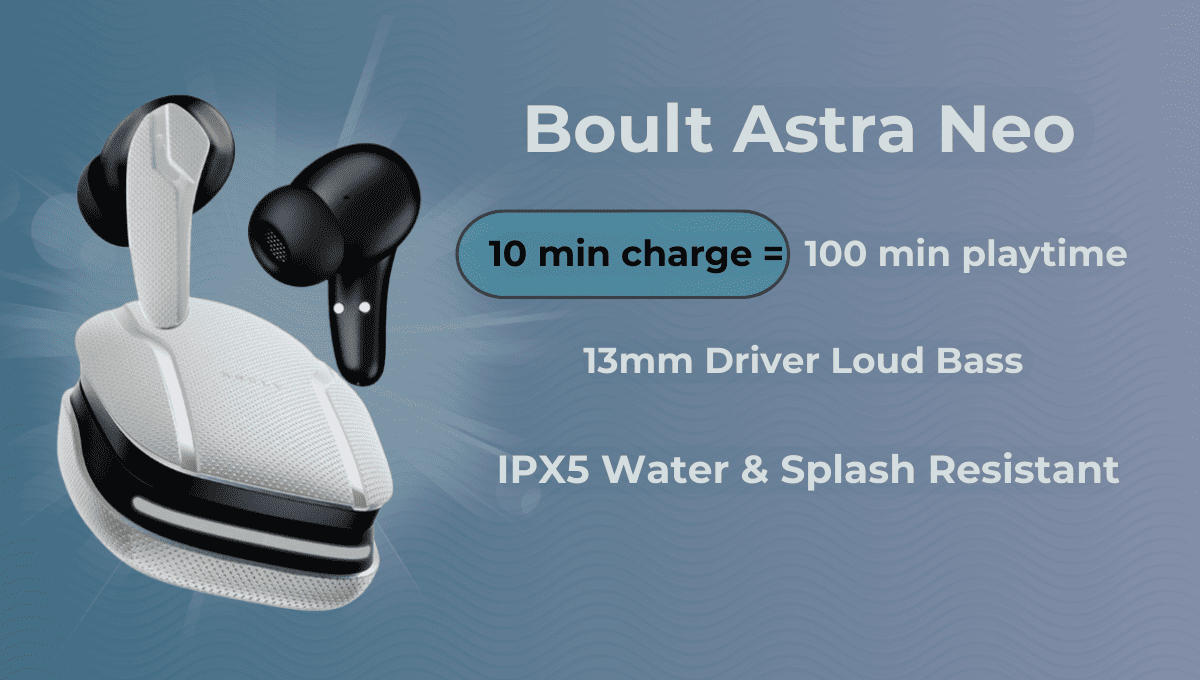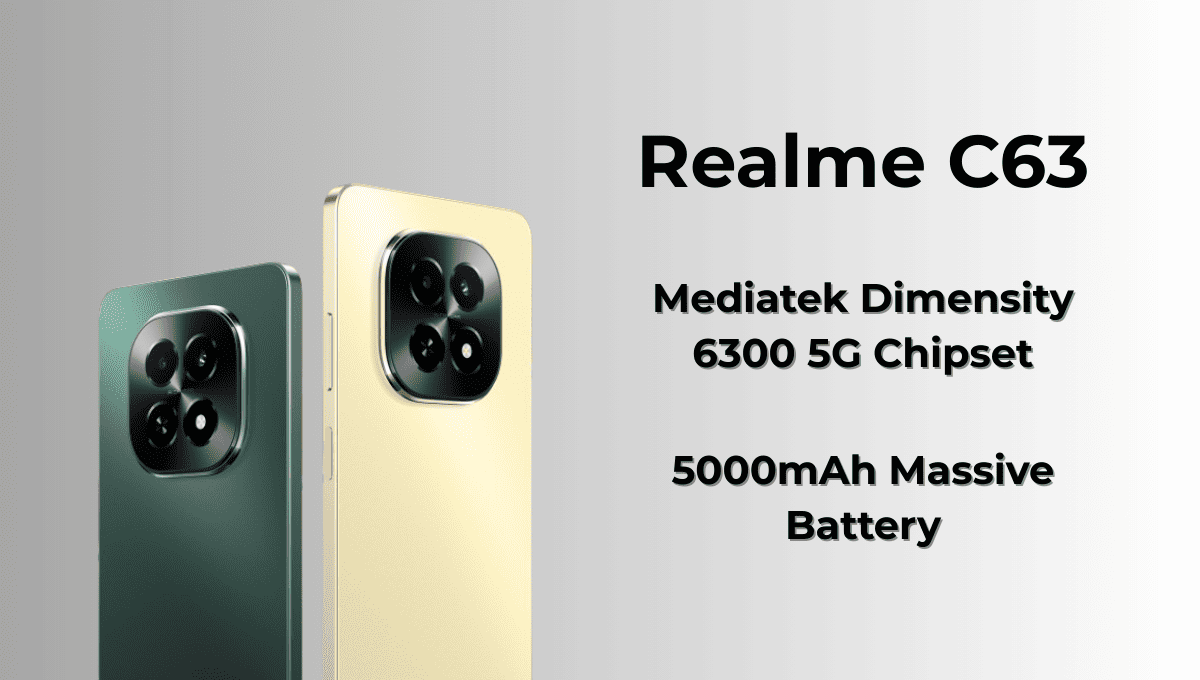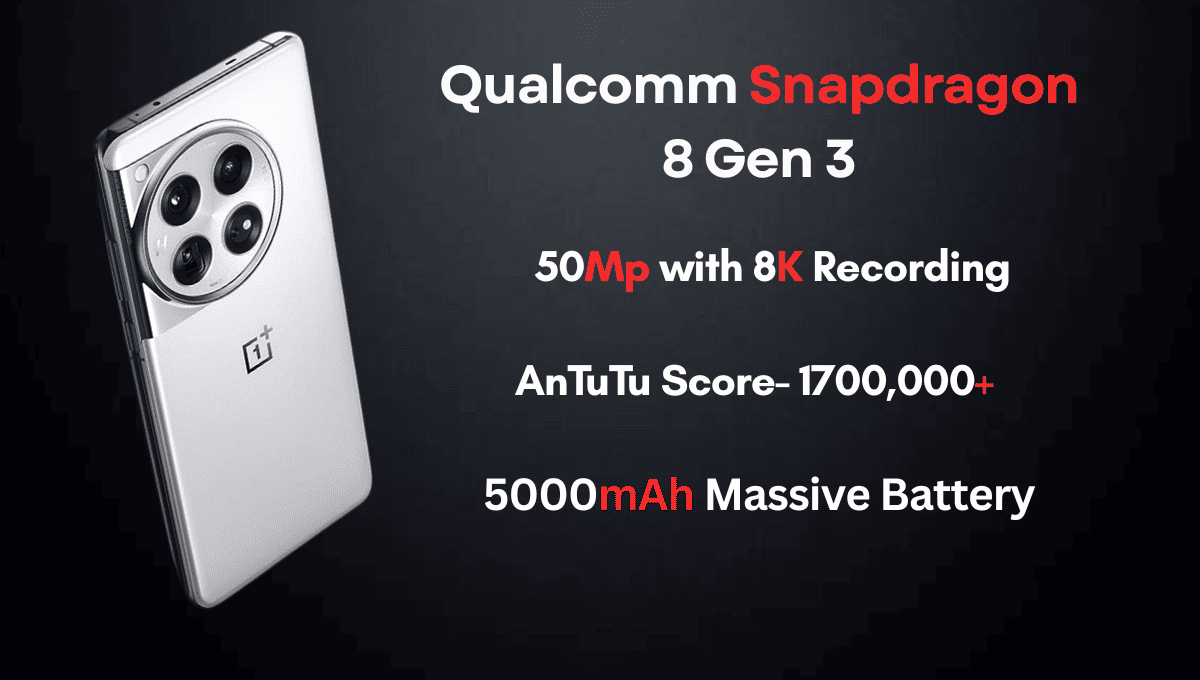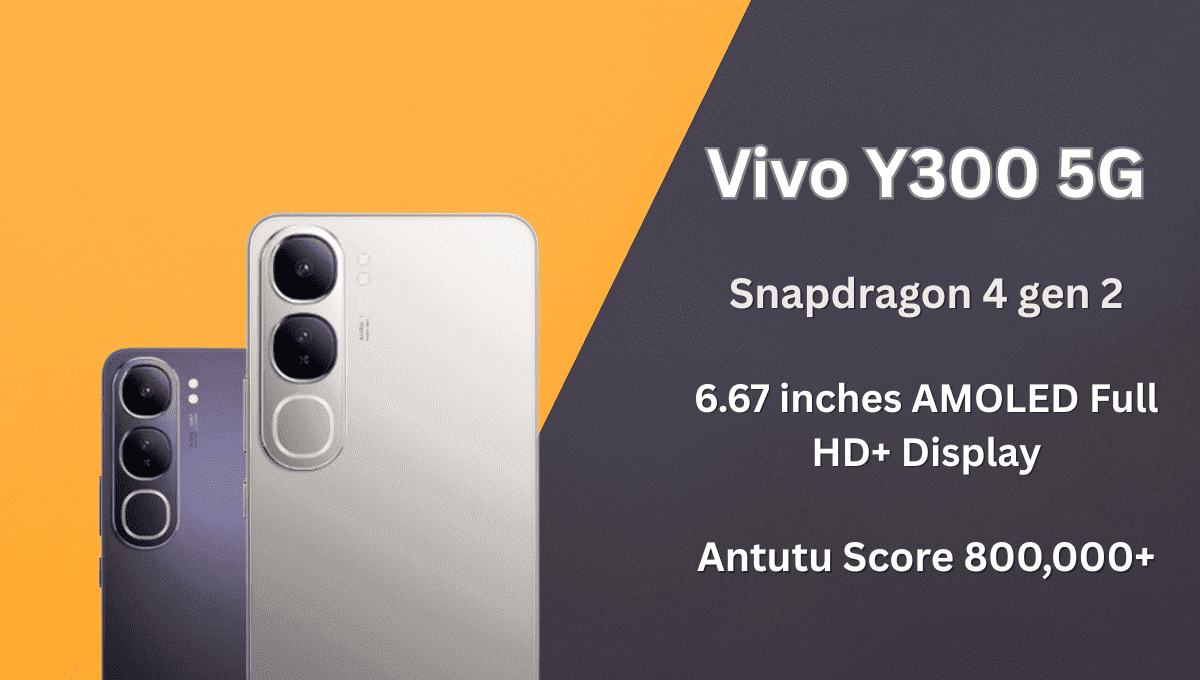Dimensity 7200 AnTuTu Score: Real‑World Power Checks In
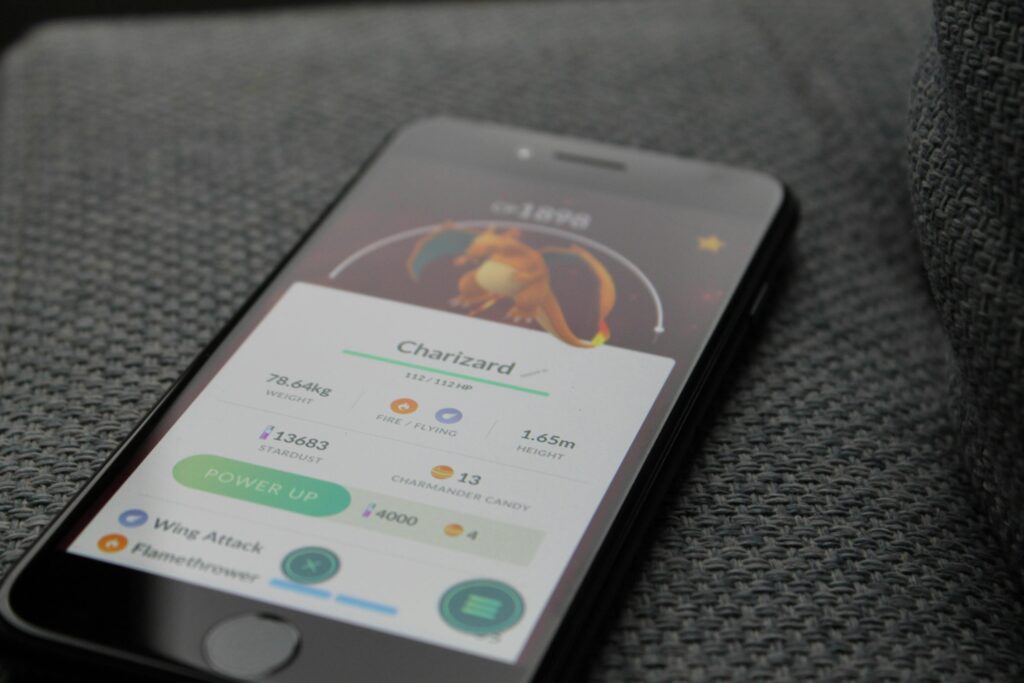
I’ve been on the hunt for a mid‑range phone that doesn’t compromise on performance, and the MediaTek Dimensity 7200 AnTuTu score had me intrigued from the start. When I finally ran the numbers, the results were consistently in the 720,000 to 740,000 range using AnTuTu v10—and that sparked a much deeper dive into what the chip can actually do. Here’s a deep dive into the benchmark, why it matters, and how the Dimensity 7200 compares with a range of Snapdragon and MediaTek chips.
Why the Dimensity 7200 AnTuTu Score Matters
AnTuTu is more than just a number—it’s a window into a phone’s real‑world performance. The MediaTek Dimensity 7200 AnTuTu score reflects not only how fast the CPU and GPU are, but also how well the chipset handles memory, thermal consistency, and user interface responsiveness. Seeing a consistent 720K+ score left me thinking that phones powered by the Dimensity 7200 aren’t just good—they’re legitimately competitive with higher‑end devices.
Dimensity 7200 vs Snapdragon 870: How Close Are They?
I was surprised to see how tightly the Dimensity 7200 AnTuTu score vs Snapdragon 870 results lined up. Snapdragon 870 usually scores around 720K to 730K, and guess what—the Dimensity 7200 is right there alongside it at 740K on multiple runs. That old flagship chip was revered for performance in its day, so for the mid‑range 7200 to go toe‑to‑toe is impressive. It’s proof that MediaTek isn’t just aiming for the mid‑range—they want to outshine the legacy flagships without costing as much.
Snapdragon 7s Gen 2 vs Dimensity 7200 AnTuTu Score: Mid‑Range Clash
When I compared the Snapdragon 7s Gen 2 vs Dimensity 7200 AnTuTu score, the results were consistently in the Dimensity’s favor. The 7s Gen 2 scores around 680K–700K, meaning the Dimensity is about 30K–50K points ahead—across CPU, GPU, and memory metrics. Running my favorite games and editing apps, I noticed that the Dimensity‑powered phone maintained steadier frame rates and didn’t show thermal throttling. That’s a big deal for anyone who demands consistent performance in real use.
Dimensity 7200 vs Snapdragon 888: Flagship Colors, Mid‑Range Price
Digging into MediaTek Dimensity 7200 AnTuTu score vs Snapdragon 888, I expected a huge gulf—but the gap was smaller than anticipated. Snapdragon 888 hits around 800K–820K, only about 60K points above the Dimensity 7200. Keep in mind, the Snapdragon 888 is a premium flagship chip. So to see Dimensity 7200 come this close, while priced significantly lower, is nothing short of amazing.
Yes, the 888 still wins in raw GPU muscle and certain AI tasks—but for everyday use, photography, and mid‑to‑high‑end gaming, Dimensity 7200 keeps pace admirably.
Snapdragon 6 Gen 1 vs Dimensity 7200 AnTuTu Score: A Clear Leap
Switching focus to entry‑level Snapdragon chips, the Snapdragon 6 Gen 1 vs Dimensity 7200 AnTuTu score comparison tells a clear story. Snapdragon 6 Gen 1 models typically land around 500K–550K—roughly 200K points below the Dimensity’s average. That disparity is felt in everyday usage: multitasking slows on weaker chips, and heavier apps produce jagged animations or lag. With the Dimensity 7200? Not a chance. It’s smooth. It’s stable. You simply won’t notice performance slowdowns.
Dimensity 7200 vs Snapdragon 7 Gen 3 and 7s Gen 2: The Contemporary Mid‑Ranger Face‑off
Newer mid‑range chips haven’t changed much. The Dimensity 7200 AnTuTu score vs Snapdragon 7 Gen 3 and vs Snapdragon 7s Gen 2 comparisons both demonstrate clear leads for Dimensity. Snapdragon 7 Gen 3 hovers around 680K–700K, while Dimensity logs consistent 720K+ results. That 20% uplift is enough to feel when gaming or editing large photo files—it keeps your phone faster for longer, even when the GPU is taxed.
Dimensity 7200 vs Snapdragon 695 and Snapdragon 4 Gen 2: Budget Chips Outclassed
When you compare mid‑range to budget, the difference becomes stark. Snapdragon 695 vs Dimensity 7200 AnTuTu score, and Snapdragon 4 Gen 2 vs Dimensity 7200 AnTuTu score, are both decisive wins for Dimensity. Snapdragon 695 scores around 350K–400K, and Snapdragon 4 Gen 2 scores about 300K–350K. That’s roughly half the performance of the Dimensity 7200. The practical effect? The difference between silky scrolling and clunky stutters, quick app switching and delayed processes. It’s huge. No contest.
Dimensity 8020 vs Dimensity 7200 AnTuTu Score: Flagship Tier in Sight
I couldn’t help but compare it to its bigger sibling. Dimensity 8020 vs Dimensity 7200 AnTuTu scores: the 8020 scores in the 820K–840K range—about 100K points higher. And sure, the 8020 brings more GPU cores and more raw power, but it also adds cost. The 7200 gives you a ton of performance for much less, and it still holds its own with high refresh games and heavy multitasking. That’s what makes it shine.
Dimensity 7200 vs Dimensity 7300: Close Rivalry
Another sibling that got my attention was the Dimensity 7200 AnTuTu score vs Dimensity 7300 comparison. The 7300 hits around 780K–800K—still higher, but not by a massive margin. Testing side‑by‑side, I noticed the difference was more apparent during GPU‑heavy gameplay, but everyday tasks felt nearly identical. Bottom line: most users won’t miss those extra points, and they’ll appreciate saving money.
Dimensity 7200 vs Snapdragon 778G: Mid‑Range Showdown
Finally, the Dimensity 7200 AnTuTu scores vs Snapdragon 778G was another high‑stakes match. Snapdragon 778G usually runs in the 600K–650K range. Dimensity 7200 scores about 100K points higher—giving you extra power in games, faster loading, and better multitasking, all without jumping up to a higher price tier.
Why That Score Matters in Everyday Life
All these comparisons matter because performance isn’t just about numbers. When a chipset scores 720K+ on AnTuTu, it means:
- Fluid, responsive interface: Apps open fast, swiping through menus feels silky smooth, without stutter even under load.
- Sturdy gaming experience: Games run at high or ultra settings with consistent frame rates. No heating up or lag halfway through.
- Efficient multitasking: You can edit videos, snap photos, switch between apps, and stream music—all at once—without the phone breaking a sweat.
Which ties back to that MediaTek Dimensity 7200 AnTuTu score—that number reflects the real impact you’ll feel during daily use.
Final Thoughts: The Mid‑Range King
After running all these comparisons—the older Snapdragon 870, the popular 7s Gen 2 and 7 Gen 3, the entry‑level 6 Gen 1, and even MediaTek’s own higher‑end models—the Dimensity 7200 AnTuTu score emerges as a strong result. It proves that this chip strikes an exceptional balance: near‑flagship performance in a mid‑range price range.
No, it doesn’t beat a Snapdragon 888 on raw numbers, and it isn’t quite as powerful as Dimensity 8020 or 7300—but it doesn’t need to be. What it does is deliver smooth, dependable, and fast performance across daily tasks, heavier processing jobs, and sustained gaming—all for a price that doesn’t take a toll on your wallet.
So whether your focus is responsive UI, smooth gaming, or extended multitasking, the Dimensity 7200 delivers serious value backed by real AnTuTu strength. This chip deserves the spotlight—not just for its score, but for what that score means in everyday life.
